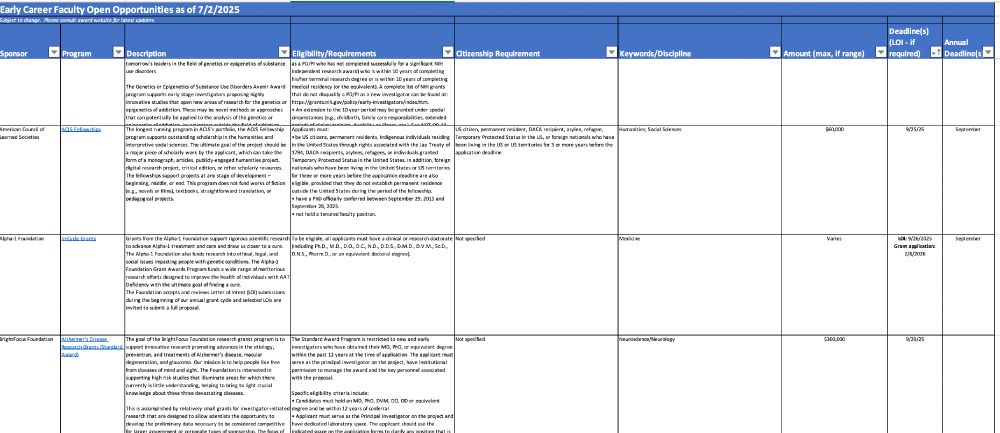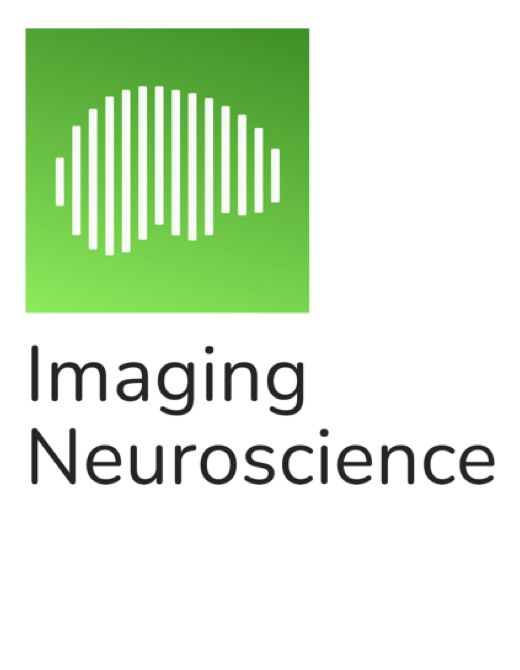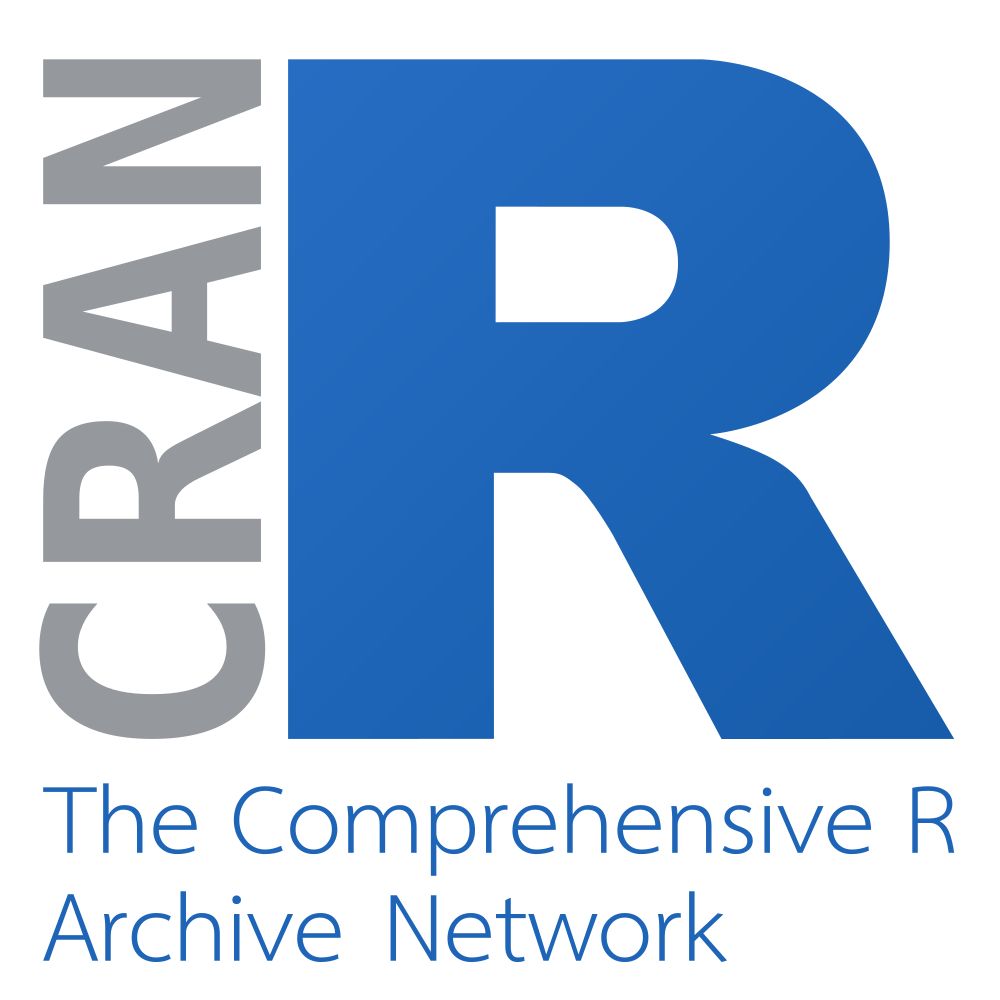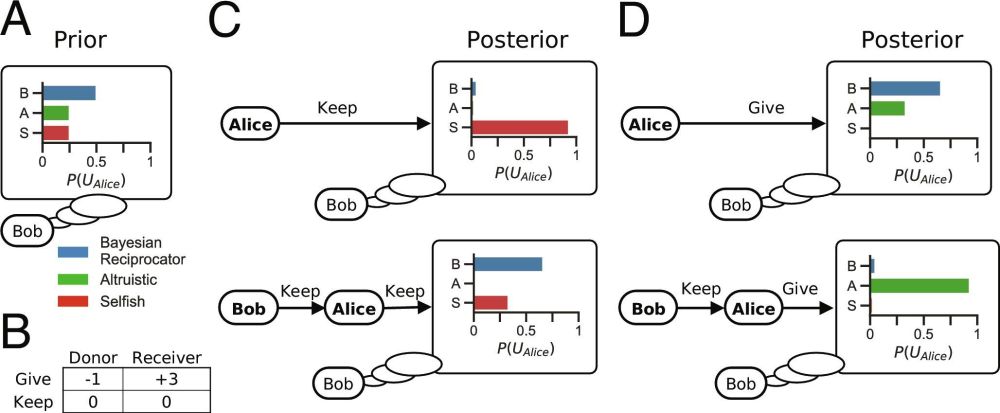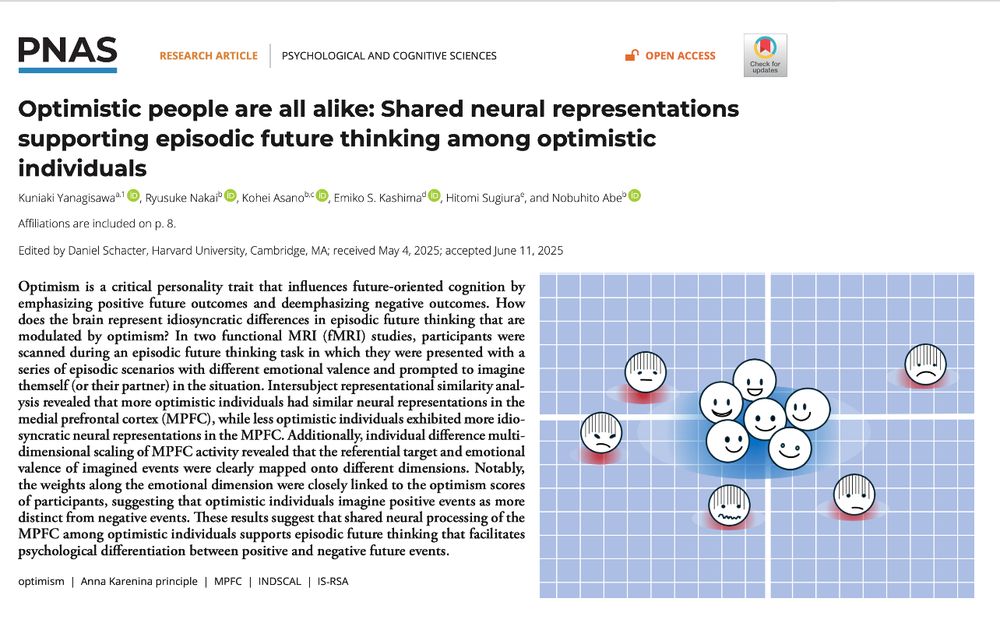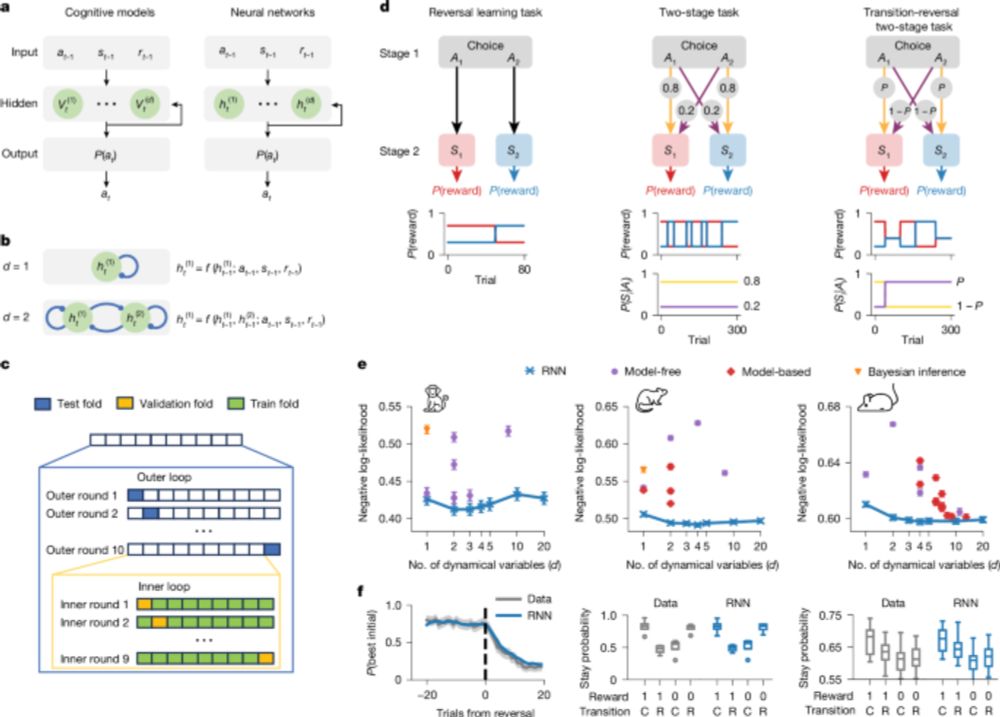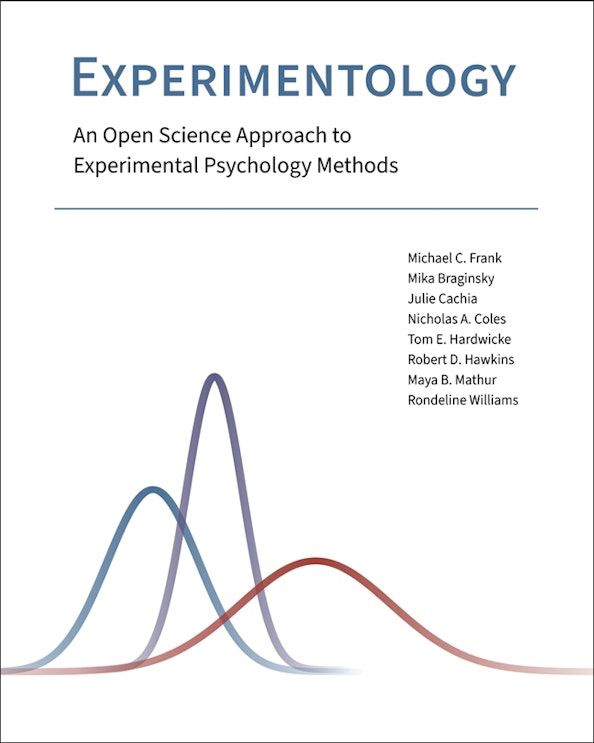Sebastian Speer
@sebospeer.bsky.social
700 followers
230 following
20 posts
Postdoctoral Researcher at the Princeton Social Neuroscience Lab
Incoming Assistant Professor at Texas A&M - 2026
Posts
Media
Videos
Starter Packs
Reposted by Sebastian Speer
Reposted by Sebastian Speer
Reposted by Sebastian Speer
Reposted by Sebastian Speer
Reposted by Sebastian Speer
Reposted by Sebastian Speer
Reposted by Sebastian Speer
Reposted by Sebastian Speer
Jamie Reilly 🦜
@reilly-coglab.com
· Jul 22
Reposted by Sebastian Speer
Reposted by Sebastian Speer
Reposted by Sebastian Speer
Reposted by Sebastian Speer
Robert Hawkins
@rdhawkins.bsky.social
· Jul 21
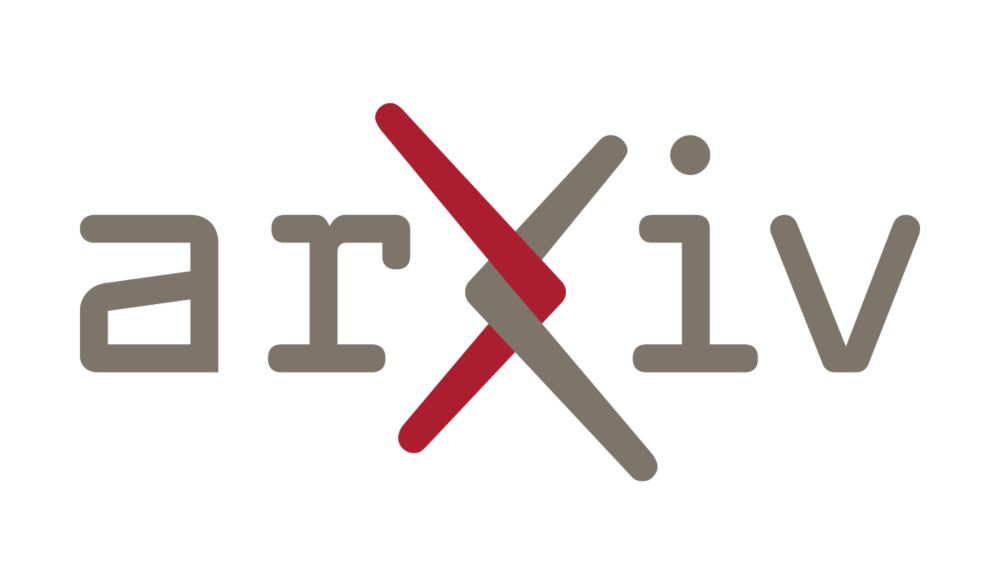
Collaborative Rational Speech Act: Pragmatic Reasoning for Multi-Turn Dialog
As AI systems take on collaborative roles, they must reason about shared goals and beliefs-not just generate fluent language. The Rational Speech Act (RSA) framework offers a principled approach to pr...
arxiv.org
Reposted by Sebastian Speer
Reposted by Sebastian Speer
Jamie Reilly 🦜
@reilly-coglab.com
· Jul 10
ConversationAlign
Reads conversation transcripts into R, cleans and formats them, and yokes user-specified psycholinguistic database values to each word. ConversationAlign computes alignment indices between two interlo...
reilly-conceptscognitionlab.github.io
Reposted by Sebastian Speer
Robert Hawkins
@rdhawkins.bsky.social
· Jul 10

Seamless Interaction: Dyadic Audiovisual Motion Modeling and Large-Scale Dataset
Human communication involves a complex interplay of verbal and nonverbal signals, essential for conveying meaning and achieving interpersonal goals. To develop socially intelligent AI technologies, it...
arxiv.org
Reposted by Sebastian Speer
Reposted by Sebastian Speer
Reposted by Sebastian Speer
Marta Silva
@martamasilva.bsky.social
· Jul 1
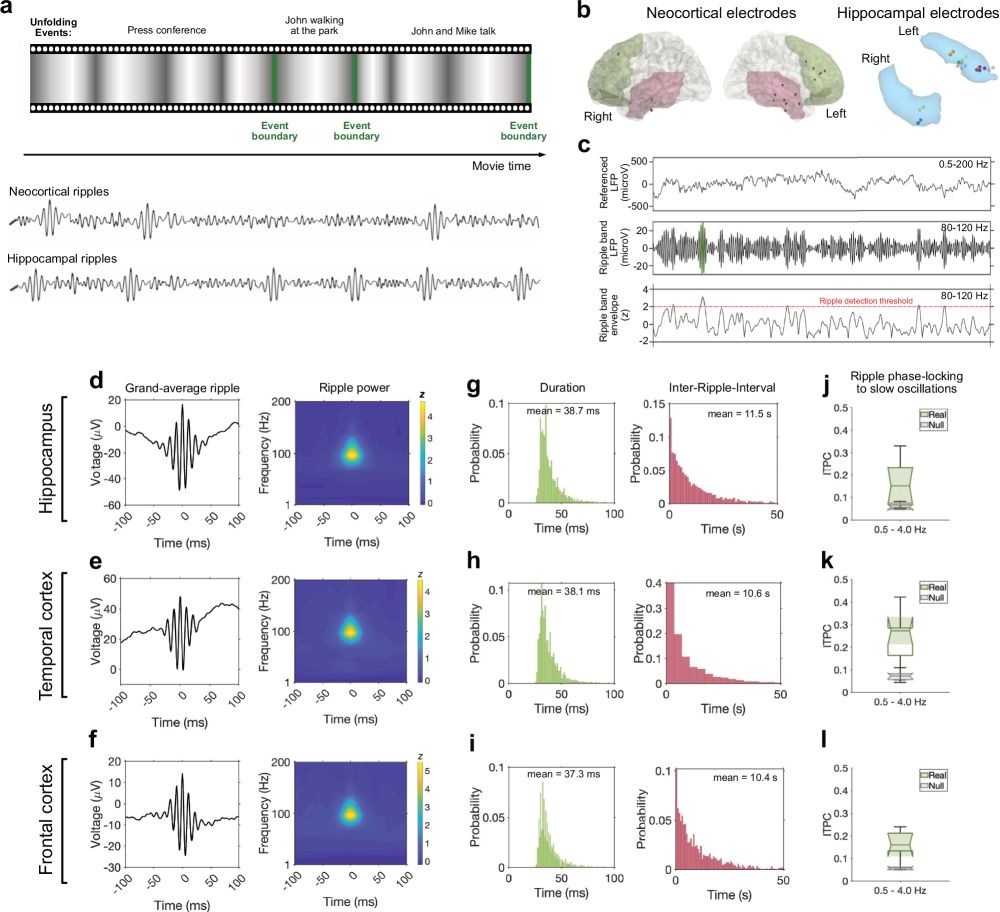
Movie-watching evokes ripple-like activity within events and at event boundaries
Nature Communications - The neural processes involved in memory formation for realistic experiences remain poorly understood. Here, the authors found that ripple-like activity in the human...
rdcu.be








